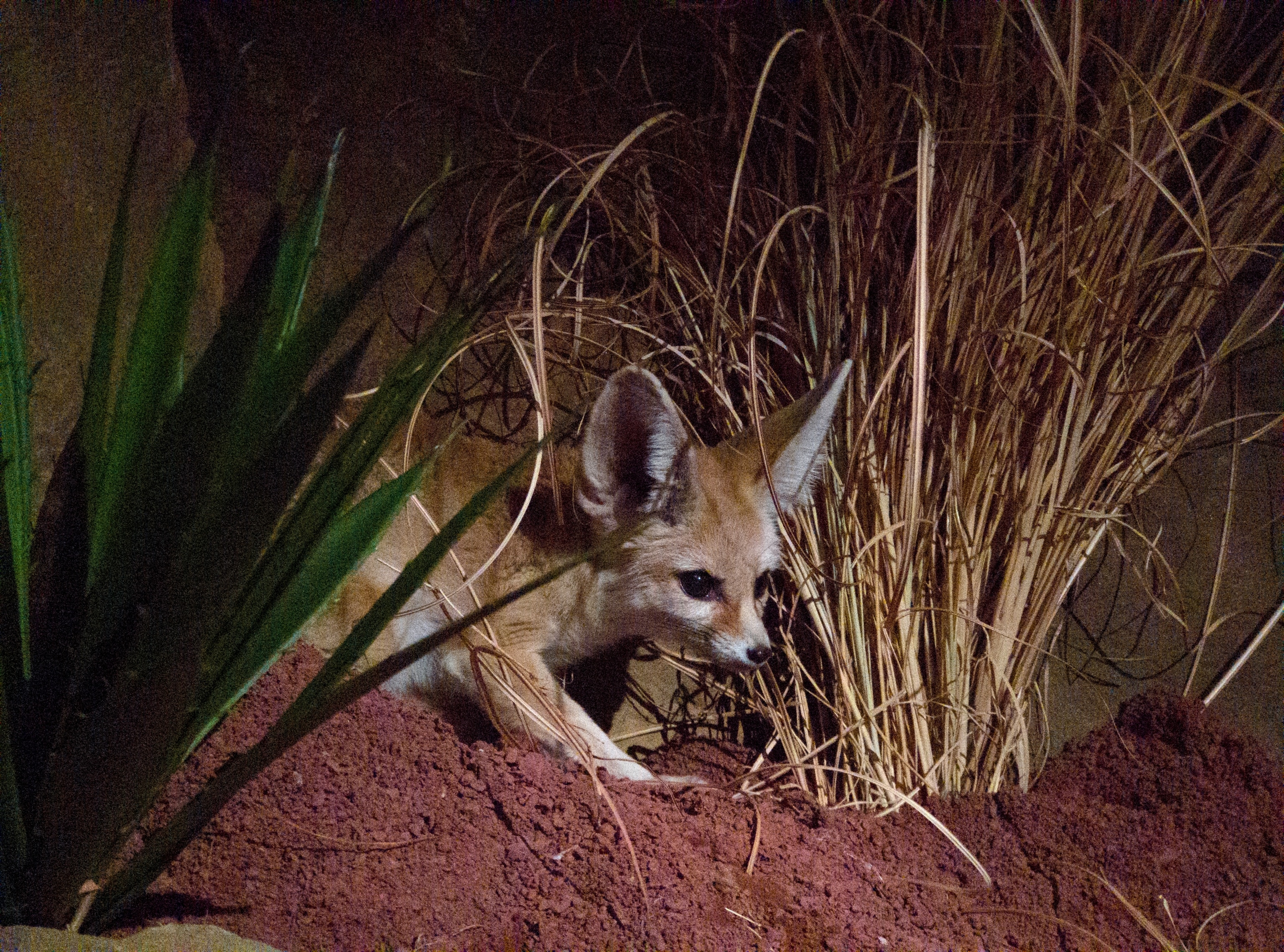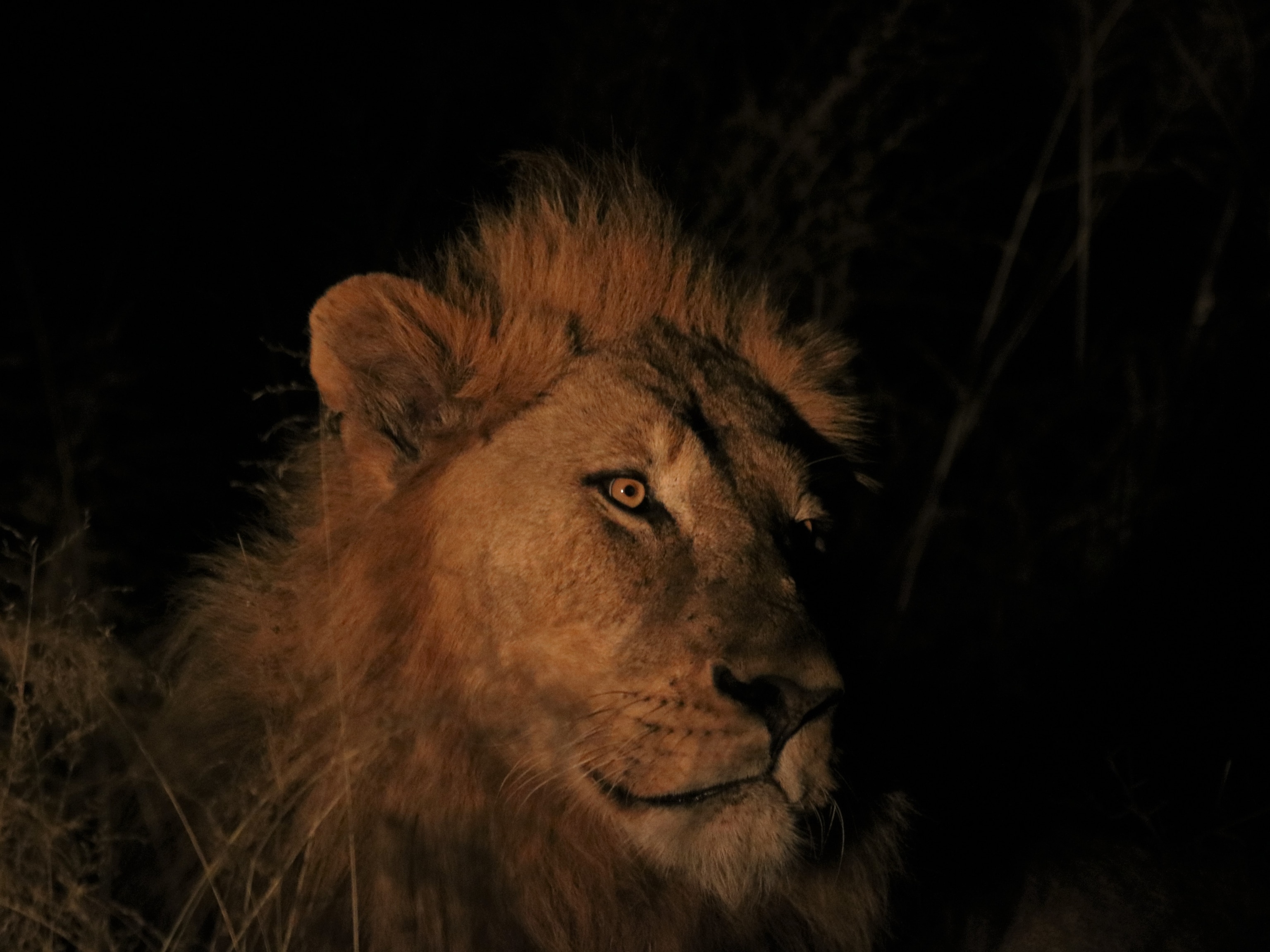Nightlife: animals after dark
When the sun goes down, a whole new world wakes up. Nocturnal animals have evolved to live their lives by moonlight, trusting their survival to the darkness brought by night.
From a burrow hidden in the ground, a mouse cautiously pokes its head out into the cool night air. As it emerges into the darkness, it uses its heightened sense of smell to sniff for food but catches a sense of something else. It stops still, listening intently for danger; the night provides good cover, but not good enough. A fox leaps out of the shadowy blackness and in a moment the animal’s evolutionary gamble to shun daylight for darkness has failed. But for the nocturnal hunter, it has paid off.
While most birds are active during the day, many insects and around 70 percent of mammals are nocturnal, coming out at night to forage for food and to find a mate. The night attracts many species, from Indian crested porcupines to pygmy hippos, and from coyotes to the Hoffman’s two-toed sloth. As well as these nocturnes there are cathemeral animals that are active by both day and night, and an even smaller number of crepuscular animals that come out in the twilight of dusk and dawn. That most mammals have adapted to the dimness of night over the brightness of day suggests strong evolutionary advantages for their behaviour—and there can be big benefits to living life by moonlight.
First, there is an obvious intrinsic advantage in the darkness itself, with the absence of light helping both hunter and hunted to avoid detection. Similarly, for a predator the night-time may be when its preferred prey is more active and therefore easier to find: many small mammals evolved to be nocturnal, and predators match their schedule. Indeed, with many different animals foraging for the same foods, whether fruits, insects, or animals, if everything hunted during daylight hours then watering holes and hunting grounds would be overcrowded—leading to competition and conflict that some species may not survive. For other animals living in hot and dry environments, moving around in the cool of night makes sense because it stops them from overheating and wasting precious water.

There might be no single reason for an animal’s nocturnality, however there is a popular theory that mammals are intrinsically nocturnal because there were fewer predators at night—specifically reptiles. Early mammals emerged during the Jurassic period, at a time when the world was dominated by cold-blooded dinosaurs with metabolisms that relied on the warmth of the sun. Dinosaurs had to hunt by day, and so many mammals chose to live largely nocturnal lives. To do so successfully, they and their descendants developed some expedient evolutionary traits that heightened certain senses to help them survive.
To see in a world of darkness, some nocturnal animals have developed a reflective surface behind their retinas that enables their eyes to take in more light: the photons pass through the retina where the mirrorlike layer reflects them back through the retina again, effectively using the light twice. Other nocturnal animals have developed extra-large eyes to maximize the amount of light they capture. The tarsier, a tree-living primate of southeast Asia, has the largest eyes of any animal in relation to its body size (proportionately human eyes would be the size of grapefruits) and they are packed with photoreceptive cells specialized for seeing in dim light.
The difficulty of seeing in the dark has led some nocturnal animals to rely on sound. The large ears of a nocturnal fennec fox help it hear prey underground while leopards can manoeuvre their ears to pinpoint precisely which direction a noise is coming from; they can also hear five times as many sounds as humans. Taking hearing even further, bats have developed echolocation, releasing a high-pitched noise that bounces off objects and allows it to map its surroundings. Some animals can literally sniff out a situation, with primates like the ring-tailed lemur possessing a patch of nasal sensory cells called a Jacobson’s organ that can smell chemicals including pheromones. Other nocturnal animals rely on taste and touch, including sensory receptors on their whiskers and body hair.
But like the passage of day to night, life moves on and studies show that some animals are changing their behaviour because of human activity. Foxes are believed to have been day hunters driven to nocturnality by human persecution, but now the threat has diminished they are giving up the night life. In contrast, grizzly bears are becoming more nocturnal because of growing numbers of hikers encroaching on their habitats, while some African primates have begun staying up late and raiding farms at night when fields are unattended. However, the concern is that these new night hunters are not adapted to the dark so their survival prospects may suffer. The key to nocturnal success is evolution—having the right tools to navigate life at night.
Having the right tools to make the most of the night is something that leading global smart device brand OPPO understands and is working to perfect. Low light photography has always been one of the most challenging aspects of taking photos, especially on a smartphone, but OPPO’s flagship Find X5 Pro has been designed to cut through the darkness and empower everyone to capture night life with unprecedented clarity.
The Find X5 Pro’s 4K ultra-night video and ultra HDR capabilities are powered by OPPO’s self-developed Imaging NPU that redefines the concept of authentic night-time recording and photography. It is complemented by an incomparable dual flagship IMX766 camera system and incredible SUPERVOOC™ Flash Charging technology. As nocturnal animals have evolved to manage the dark, the Find X5 Pro is an evolution of technology that opens up night photography to all: while for us penetrating the darkness may not be a matter of survival, the OPPO Find X5 Pro can make the sights we see at night appear a lot less dark, making them much more memorable.
For more on endangered color after dark, click here.
